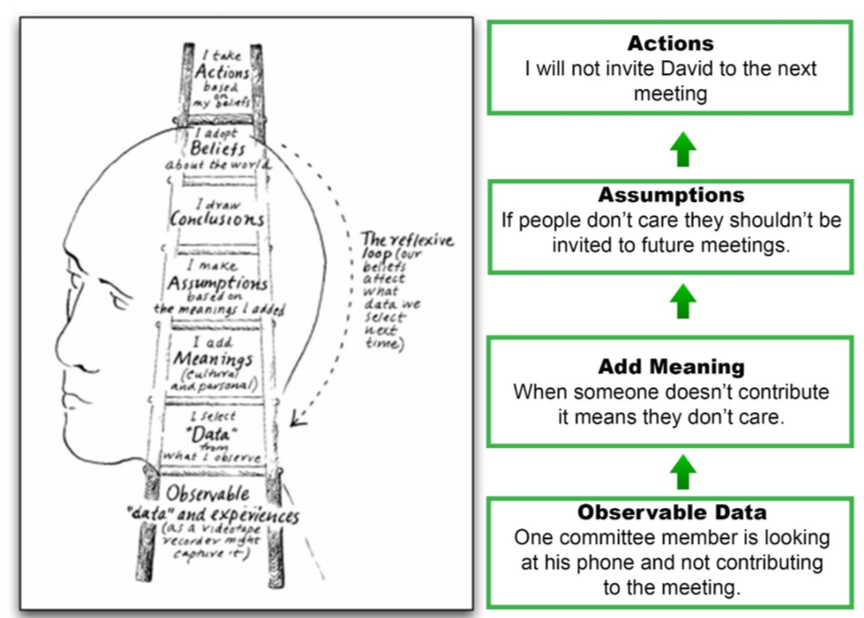The Circle of Death sounds ominous, and it’s likely you’re familiar with it. How many of you have experienced the following?
Team discussions or meetings going round and round in circles – with no real outcome – only to be repeated again and again?
I like to call this The Circle of Death.

We don’t want: Frustration, hindrance to action, people not listening, faulty conclusions, confusion and assumptions.
We want: To walk away with the right data and actionable next steps.
If a topic keeps coming up without actionable solutions, we need to put a bit more work into fixing that.
I have 4 tips to help with this:
Four tips to avoid the Circle of Death
1. Ensure that we are discussing the right topic for the right meeting.
Not all topics belong in the same meeting. Eg. finance/money – finance meeting, Estimation questions – do a Show and Tell or workshop session.
2. Am I contributing to the circle of death? Change it.
Do you stop unproductive conversations? Or perhaps set confusing goals? Do you have a goal/purpose for your meeting or topic? How many times have we accepted meetings which didn’t state what it’s about and why we having it? Yet we click YES and we head off into oblivion? Whatever your contribution, be up front with your team, commit to changing it. Meetings take time. Respect others time by good preparation and clear outcomes.
3. Clear decision-making process. Is it a team vote? Your call? Or just advice?
Teams can experience lots of unnecessary conflict that wastes time when the decision making process isn’t clear. If the outcome is a specific action, then state upfront what you’d like to see.A good example of this: TOPIC: I’d like us to create MD docs. Why: Because we keep discussing the same code questions. An Expected Outcome: to document decisions and have a place/format visible to all. Benefit? To prevent same discussions but with different results. To create consistency.
4. Use a Facilitator to keep things on track. Warning: Use responsibly.
Good leaders are not necessarily good facilitators. Use a facilitator’s skills and abilities to keep things on track. What you put in, is what you get out. Take responsibility for the contribution and outcomes of meetings.
These take time, mindfulness and continuous practice.
In psychology there is a term called, the ladder of inference. See below.
This describes the thinking process that we go through, usually without realising it, to get from a fact to a decision or action. The thinking stages can be seen as an actual ladder. It’s interesting to see how assumptions can influence action. The lesson here is that we REALLY should do our best to stay a bit longer in the observe and data stage before jumping to conclusions and then action.
Let’s recap tips
- Right topic for the right meeting.
- Am I contributing to the circle of death? CHANGE IT.
- Clear decision-making process. Is it a team vote? Your call? Or just advice?
- Use a Facilitator to keep things on track. Warning: Use responsibly.
Avoid the circle of death and let individuals drive the topics they bring up. Especially useful in Lean Coffee sessions.
Contact us to find out how our Agile software development can take your business or product to the next level
By Sharna Sammy, Scrum Master at KRS



